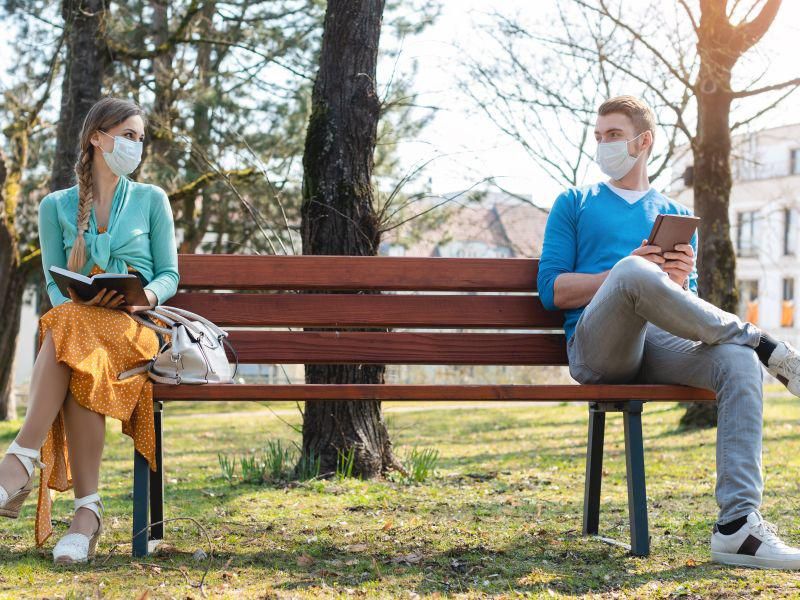
(HealthDay News) –– Sitting or strolling in a park offered precious respite for many Americans during the pandemic, and new research shows city parks don’t fuel the spread of COVID-19.
Researchers looked at how people used parks in Philadelphia and New York City during the pandemic and found no connection between being in a park and catching COVID-19.
“Despite early speculation that parks could become gathering points for large groups of people and contribute to transmission of COVID-19, our research did not find a strong correlation between COVID-19 cases in neighborhoods near parks and the number of people using them,” said researcher Franco Montalto, a professor in Drexel University’s College of Engineering in Philadelphia.
Early in the pandemic, public health officials recommended avoiding gathering in large groups outside. As a result, many cities closed public playgrounds but kept parks open.
The researchers studied 22 small urban parks, 15 in Philadelphia and seven in New York City. The team took into account factors of the possibility of a link between park use and COVID-19 transmission.
Regardless of the city or social vulnerability of the nearby neighborhoods, parks tended to see more use, but this increased use did not result in higher transmission of COVID-19.
“Though a more extensive epidemiological study is required, this research provided no evidence that park usage contributed to COVID-19 spread,” the researchers wrote.
Overall, only a small percent of park users — 23% in Philadelphia and 1%, in New York — never wore masks and less than 1% in Philadelphia and New York were coughing or spitting without covering their mouths.
Also, only 2% in Philadelphia and 13% in New York were seen frequently taking part in contact sports.
“While the municipalities that did close parks during the pandemic likely did so out of an abundance of caution, our work shows no evidence to support closing the parks during the pandemic,” Montalto said in a Drexel news release. “That people continued to visit parks during lockdowns and the early stages of the pandemic underscores the evident value of parks as a respite for urban residents during the early phases of the pandemic.”
The report was published May 12 in the Journal of Extreme Events.
More information
For more on COVID-19, see the U.S. Centers for Disease Control and Prevention.
SOURCE: Drexel University, news release, May 12, 2021
Source: HealthDay

Leave a Reply